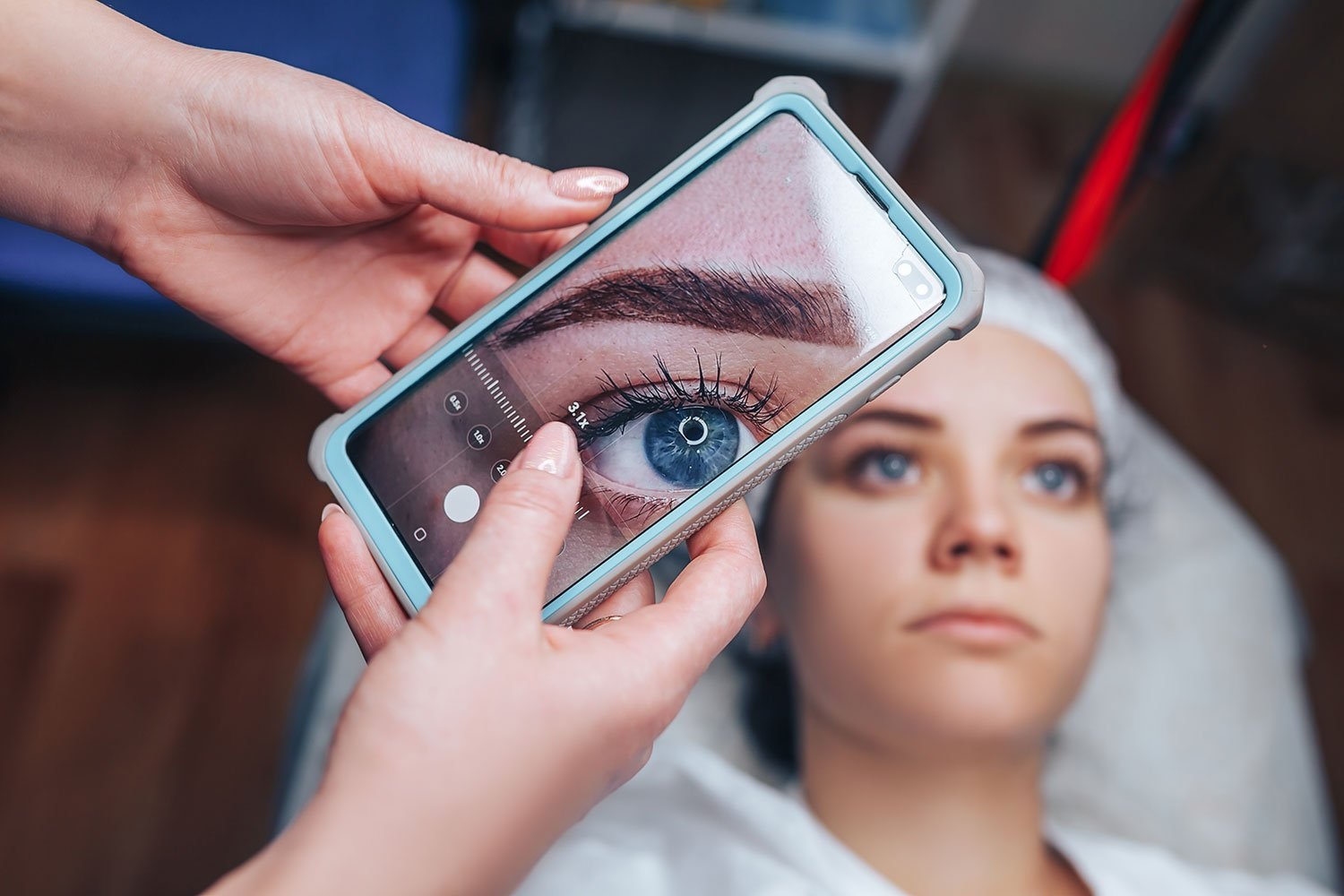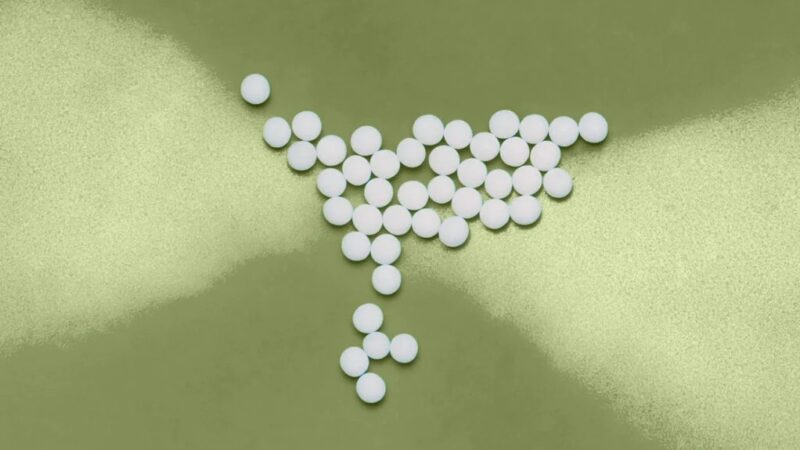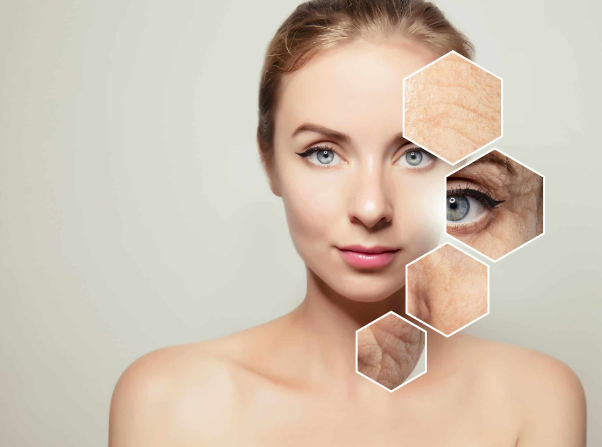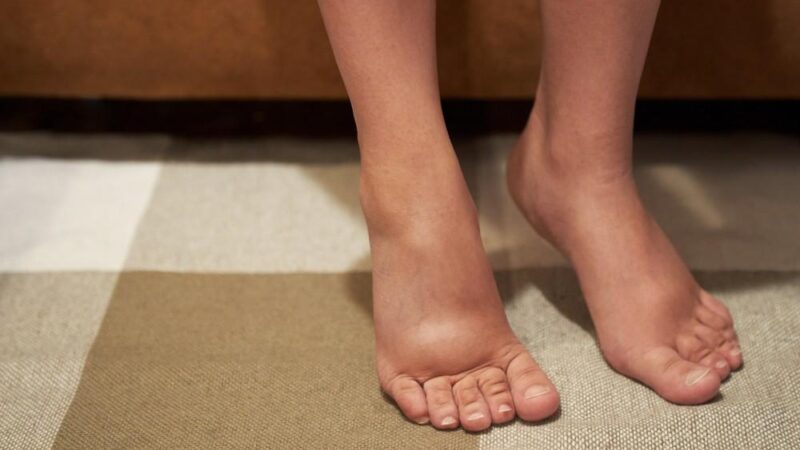Permanent Eye Makeup: Essential Wound Care Tips

Introduction
Overview of Permanent Eye Makeup
Permanent eye makeup, also known as cosmetic tattooing or micro-pigmentation, involves implanting pigments into the skin’s dermal layer to create long-lasting makeup effects. This procedure can include eyeliner, eyeshadow, and eyebrow enhancements, offering a convenient solution for individuals seeking to streamline their beauty routines.
Importance of Proper Wound Care After the Procedure
While permanent eye makeup can offer numerous benefits, such as saving time and enhancing facial features, it’s essential to prioritize wound care to promote healing and prevent infections. Neglecting proper care instructions can lead to complications and dissatisfaction with the results.
Understanding Permanent Eye Makeup
What is Permanent Eye Makeup?
Permanent eye makeup utilizes specialized tattooing techniques to enhance the eyes’ appearance. This procedure can address various cosmetic concerns, including sparse eyebrows, uneven eyeliner, and lack of eyelash definition. By depositing pigment into the skin, permanent makeup creates long-lasting results that withstand daily activities and swimming.
Common Procedures
Common permanent eye makeup procedures include eyeliner tattooing, which adds definition to the eyes and reduces the need for daily application. Eyebrow microblading is another popular technique, providing natural-looking brows that frame the face beautifully. Additionally, individuals may opt for permanent eyeshadow to enhance their eye shape and color.
Benefits and Risks
The benefits of permanent eye makeup are numerous, offering convenience, confidence, and enhanced beauty. However, like any cosmetic procedure, there are risks involved, such as allergic reactions, infections, and dissatisfaction with the results. Choosing a skilled and experienced practitioner is crucial to minimize these risks and achieve satisfactory outcomes.
Wound Care Basics
Importance of Wound Care
Proper wound care physician for promoting healing, reducing the risk of infection, and ensuring optimal results after permanent eye makeup procedures. By following recommended care instructions, individuals can minimize discomfort and complications, allowing the skin to heal effectively.
Initial Care Steps
Immediately following the procedure, it’s essential to follow the practitioner’s instructions for cleaning and protecting the treated area. This typically involves applying a healing ointment and avoiding excessive moisture or rubbing. Additionally, individuals should refrain from wearing makeup or touching the area to prevent contamination and irritation.
Long-Term Care and Maintenance
Even after the initial healing period, it’s crucial to continue caring for the treated area to maintain the longevity of the results. This may include avoiding prolonged sun exposure, using gentle skincare products, and scheduling touch-up appointments as needed. By incorporating proper care into their routine, individuals can enjoy beautiful and long-lasting permanent eye makeup.
Wound Care for Permanent Eye Makeup
Precautions Before the Procedure
Before undergoing permanent eye makeup, it’s essential to prepare the skin and follow any pre-procedure instructions provided by the practitioner. This may include avoiding certain medications or skincare products that can increase the risk of bleeding or complications. Additionally, individuals should communicate any concerns or medical conditions to ensure a safe and successful procedure.
Post-Procedure Care Instructions
After the procedure, practitioners typically provide detailed care instructions to promote healing and minimize discomfort. This may include keeping the treated area clean and dry, avoiding strenuous activities or excessive sweating, and applying recommended ointments or creams. Following these instructions diligently can significantly impact the outcome of the procedure.
Common Complications and How to Address Them
While permanent eye makeup procedures are generally safe, complications can occur, such as allergic reactions, infections, or pigment migration. It’s essential to be aware of the signs of these complications, such as redness, swelling, or unusual discharge, and seek prompt medical attention if necessary. With proper care and attention, most complications can be effectively managed.
Tips for Faster Healing
Healthy Lifestyle Habits
Maintaining a healthy lifestyle can promote faster healing after permanent eye makeup procedures. This includes staying hydrated, eating a balanced diet rich in vitamins and minerals, and getting adequate rest. Avoiding smoking and excessive alcohol consumption can also support the body’s natural healing processes.
Recommended Products for Wound Healing
Practitioners may recommend specific products to aid in the healing process, such as gentle cleansers, moisturizers, and healing ointments. It’s essential to follow their recommendations and avoid using harsh or abrasive products that can irritate the skin. Additionally, individuals should avoid picking or scratching the treated area to prevent infection and pigment loss.
Follow-up appointments with the Physician
Follow-up appointments with the physician are essential for monitoring the healing progress and addressing any concerns or complications that may arise. During these appointments, the practitioner may perform touch-up procedures or provide additional recommendations for maintaining the results. By attending scheduled appointments, individuals can ensure optimal outcomes and long-lasting satisfaction with their permanent eye makeup.
FAQs
How Long Does It Take for the Eye Makeup Wounds to Heal?
The healing time for permanent eye makeup wounds varies depending on individual factors and the extent of the procedure. Typically, initial healing occurs within one to two weeks, with full recovery taking several weeks to months.
Can I Wear Makeup Over the Healing Wounds?
It’s essential to avoid applying makeup directly over the healing wounds, as this can increase the risk of infection and interfere with the healing process. Once the skin has fully healed, typically after four to six weeks, makeup can be applied as usual.
What Are the Signs of Infection to Watch Out for?
Signs of infection include increased redness, swelling, pain, warmth, or discharge from the treated area.







